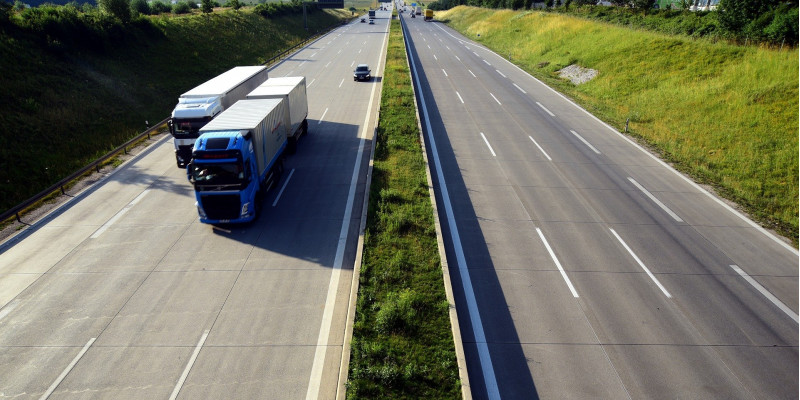Cluster Infrastructure
 Click to enlarge
Click to enlargeSource: ulleo / pixabay

Measures for the fields of action construction, energy industry and transport/transport infrastructure
 Umweltbundesamt
Umweltbundesamt
 Click to enlarge
Click to enlarge
Measures for the fields of action construction, energy industry and transport/transport infrastructure
In thematic area 1, “Adapting transport and infrastructure to climate change and extreme weather events”, the BMVI network of experts will produce a climate impact analysis for the types of transport infrastructure: roads, railways and waterways. The purpose of this analysis will be to gain an understanding of the potential impacts of climatic effects and natural hazards upon federal transport infrastructure.
Beside damage caused by extreme weather events, climate change leads to increasingly frequent heat-waves, which can cause indoor temperatures in buildings to rise. APA III therefore makes provision for the integration of climate resilience aspects in construction (new-build and the building stock) in the context of funding programmes. The aim here is to design buildings such that steps are taken to counter the rise of indoor temperatures in the wake of climate change, and to do so in a manner with minimum climate impact. This can be achieved by, for instance, summertime thermal insulation approaches (shading) or evaporative cooling.
Furthermore, the climate-smart building construction mechanism ensures that available findings and knowledge about extreme weather events is taken up in technical rules and standards governing the maintenance, repair and new construction of buildings. In the context of funding programmes this can help to recognise major hazard potential early on and minimise damage events substantially. The tools envisaged include assessment guidance and regional safe load tables.
Within the sphere of competence of the Federal Waterways and Shipping Administration (WSV), concrete steps are under way to integrate the aspect of climate change systematically in planning processes. Such WSV climate proofing integrates data services, guidelines and training programmes.